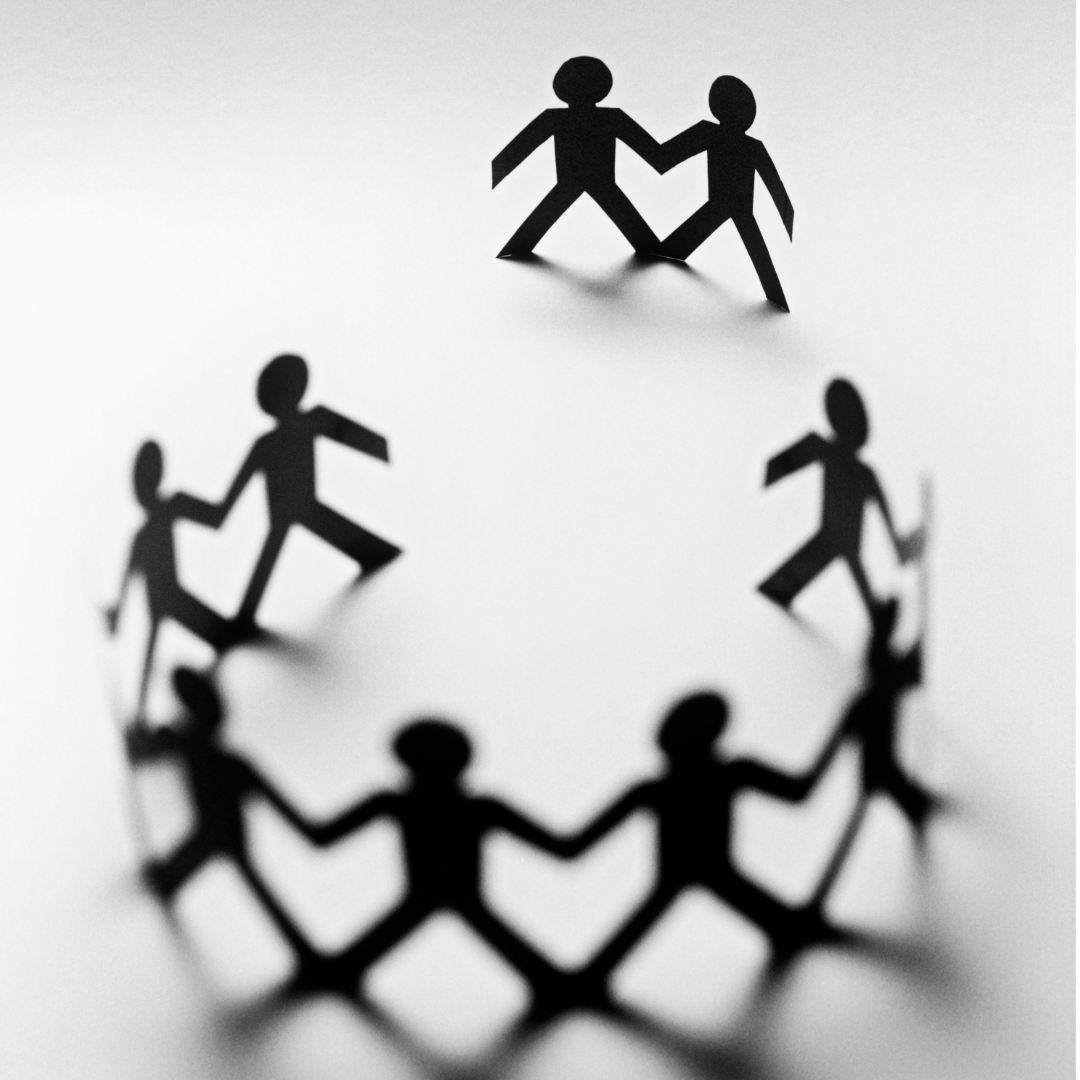Workplace bullying and aggression are extremely complicated issues and frequently consumes everyone in the organization. Bystanders and witnesses often are caught in the crossfire because they are seeing the workplace bullying, they may not know how to respond, and they do not want to get on the bad side of the bully. Bystanders try very hard to walk the line between the target and the bully, but should they?
Bystanders are an important part of the problem and the solution. Ultimately, they are key to even the prevention of workplace aggression.
The main goal of the bystander is to never become the target of bullying. Their priority is to stay in the good graces of the bully, no matter what. So, they will deny the very existence of bully culture to show loyalty to the bully, be this consciously or unconsciously. But bystanders are fully aware of bully culture and the toxicity of their workplace.
To be part of the solution, bystanders need to develop a clear understanding of workplace aggression, what it is, and what it is not. Bystanders must acknowledge that it is happening at their workplace. Knowing what workplace bullying is and stepping out of the sea of denial allows bystanders to acknowledge how their behavior makes bully culture better or worse.
One of the ways bullies use bystanders is to put forward a narrative about the target that portrays them as the problem. This narrative is repeated, until bystanders fall prey to group think and eventually buy the narrative that the bully is selling. Because bystanders believe the false narrative about the target, they are willing to engage in bullying against the target to show loyalty to the bully. The reality is that witnesses are being used as pawns by the aggressor to harm the target and to sustain bully culture. Acknowledging this, bystanders understand how their behavior impacts bully culture.
Bystanders must create a plan of action to become a part of the solution and to ensure that they are not actively involved in the workplace aggression. One of the first actions for bystanders is to develop non-threatening intervention techniques that help neutralize difficult situations. Bystanders can utilize different tactics in meetings that avert the aggressor away from the target or even stop the bullying. For example, if an aggressor is yelling at the target, a bystander can attempt to interrupt the situation by coughing, getting up to throw something away or even leaving the meeting. Even something as menial as having the bystander cough might be enough to distract the bully and to help the aggressor focus their attention away from the target.
Bystanders often are witness to the abuse that a target is subject too. Bystanders should document information including the facts about what they observe. This documentation can corroborate the experience for the target and is tool that leadership can use to address workplace aggression. It is also an opportunity for the bystanders to document to protect themselves as well.
Bystanders can offer to support for the target both in and out of the workplace. If they feel comfortable, they can be a sounding board for the target at the workplace and can work with the target to be a supportive ally to them. However, they may consider this too risky meaning that they are afraid of the consequences. They may not want to be seen with the target at work for fear this will subject them to workplace aggression. If this is the case, the bystander can be a support outside the workplace. Offering support to the target is important for both the witnesses and the target.
Bystanders are key to bully culture and their behavior matters. Even though, they want to walk the line, they cannot. They are not neutral, and they are forced to choose a side.

